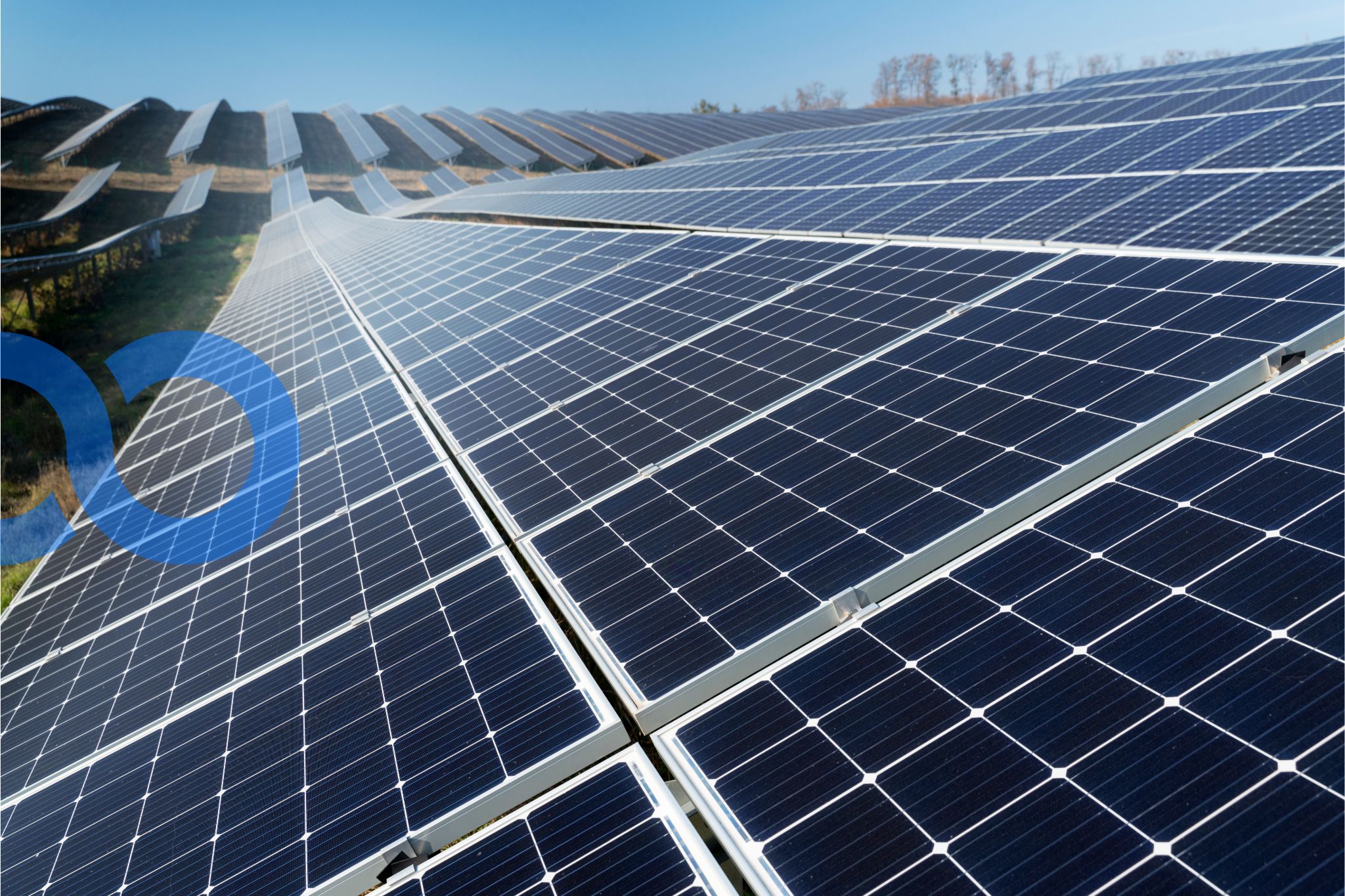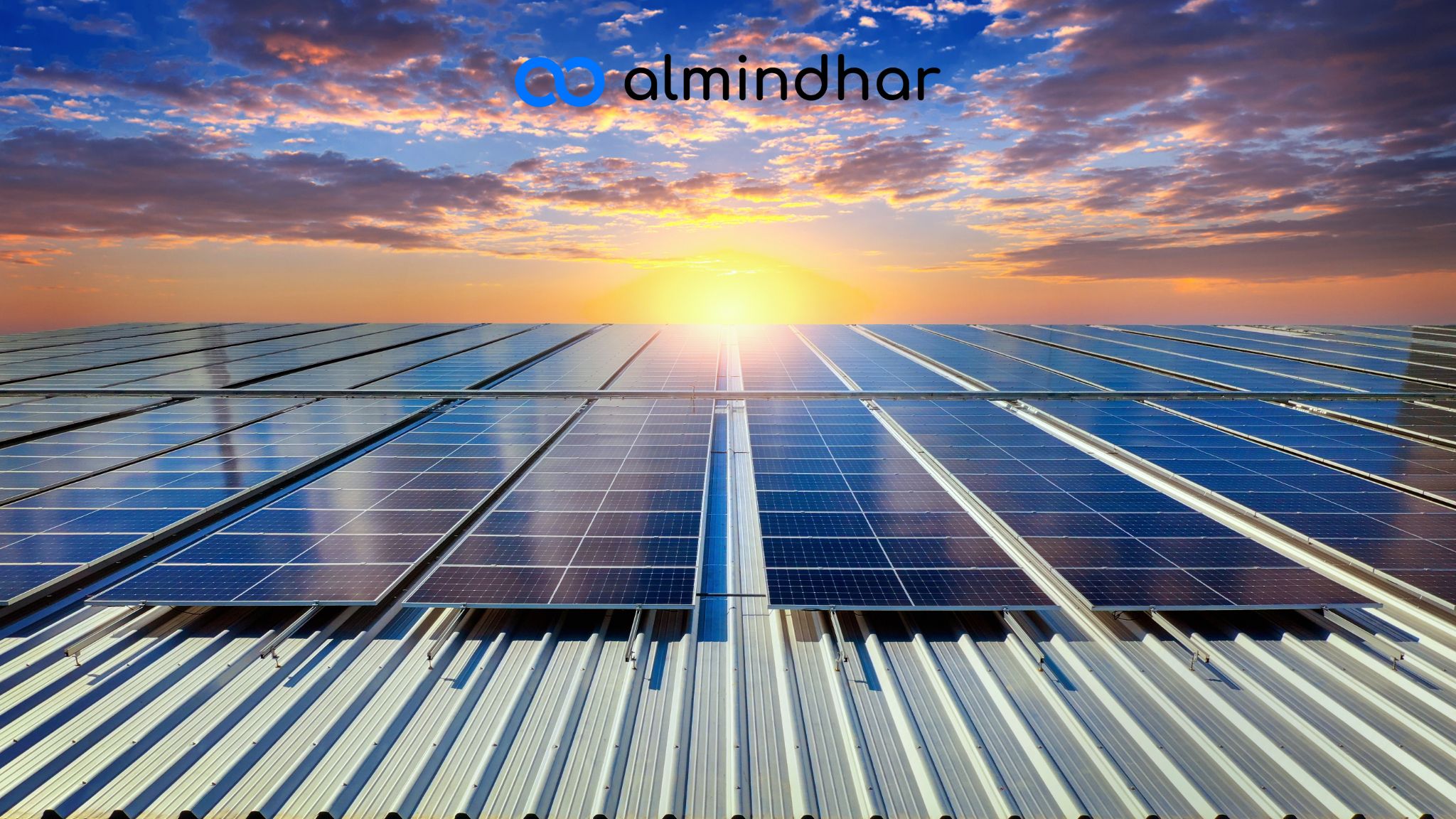Solar panels and the utilization of solar heat represent an innovative and sustainable response to our increasing energy needs, while also playing a key role in reducing our carbon footprint. In this in-depth exploration, we will delve into the functioning of solar panels, the benefits of utilizing solar heat, practical tips for maximizing solar energy, illustrative case studies, and responses to common concerns.
- I-Operation of Solar Panels: Harnessing Solar Energy
- II-Silicon Technology and Electron Release
- III-Advantages of Utilizing Solar Heat: A Versatile and Eco-Friendly Approach
- 1-Utilization of Solar Thermal Energy
- 2-Versatile Applications of Solar Heating
- 3-Reduction of Energy Dependency and Greenhouse Gas Emissions
- IV-Tips for Maximizing Solar Energy: Optimization of Installation and Rigorous Maintenance
- 1-Strategic Orientation and Inclination
- 2-Regular Maintenance for Sustainable Performance
- V-Financial Accessibility through Long-Term Savings and Government Incentives
- VI-Sustaining Electricity Production Despite Cloud Cover
- VII-Solar Abundance in Tunisia: A Promising Energy Potential
- VIII-Conclusion
I-Operation of Solar Panels: Harnessing Solar Energy
Solar panels, also known as photovoltaics, capture solar energy to produce electricity. Comprised of photovoltaic cells, these panels utilize the photoelectric effect to convert sunlight into electrical current. The cells, predominantly made of silicon, release electrons when exposed to sunlight. This process generates an electric current that can be used as a source of energy.
II-Silicon Technology and Electron Release
The silicon cells are crucial in this process. When sunlight strikes these cells, it excites the electrons, releasing them from their atomic orbits. These liberated electrons generate a flow of electrical current, captured by the conductive wires of the solar panel. This current, now usable, powers electrical systems, providing a sustainable and clean energy source. Thus, solar panels play a key role in transitioning towards environmentally friendly energy solutions.
III-Advantages of Utilizing Solar Heat: A Versatile and Eco-Friendly Approach
1-Utilization of Solar Thermal Energy
In addition to generating electricity, harnessing solar heat offers significant ecological and economic benefits. Solar heating systems utilize thermal collectors, often thermal solar panels, to absorb heat from the sun. These collectors then convert this heat into thermal energy, heating a heat transfer fluid such as water or an antifreeze liquid.
2-Versatile Applications of Solar Heating
The heated fluids can be used flexibly to meet various energy needs. For instance, solar water heating is a common application, reducing reliance on traditional systems powered by non-renewable energies. Similarly, solar heating systems can be integrated to heat living spaces or power industrial processes, providing a green alternative to conventional heating methods.
3-Reduction of Energy Dependency and Greenhouse Gas Emissions
The utilization of solar heat contributes to reducing dependence on fossil fuels and unsustainable energy sources. By replacing conventional heating systems, it enables long-term savings while limiting greenhouse gas emissions, thereby contributing to the fight against climate change. This diversified energy approach aligns with the transition towards a more sustainable and environmentally friendly society, offering a viable solution to meet energy needs while minimizing the impact on the planet.

IV-Tips for Maximizing Solar Energy: Optimization of Installation and Rigorous Maintenance
1-Strategic Orientation and Inclination
The efficiency of solar panels is closely tied to their orientation relative to the sun. To maximize the capture of solar light, it is essential to install the panels with optimal tilt and orientation. This involves facing them towards the south in the northern hemisphere (and vice versa in the southern hemisphere) and adjusting their tilt based on the local latitude. Strategic installation allows for the optimal utilization of the sun’s trajectory throughout the day and seasons.
2-Regular Maintenance for Sustainable Performance
Regular maintenance is crucial to ensuring the long-term performance of solar panels. Periodic cleaning of surfaces is essential to remove dirt, dust, and debris that can accumulate. A clean surface ensures optimal transmission of solar light to the photovoltaic cells, thereby preserving energy efficiency. Additionally, inspecting and repairing any potential damages, such as faulty cables or loose connections, helps maintain the system’s integrity, ensuring maximum yield over the long term. By adopting these practices, owners can ensure optimal performance of their solar installations, prolonging the useful life of the panels and maximizing energy output.
V-Financial Accessibility through Long-Term Savings and Government Incentives
While the initial investment in solar panel installation may appear substantial, it’s important to consider the long-term benefits. The savings generated on electricity bills help quickly offset the initial costs. Additionally, many jurisdictions offer government incentives, such as tax credits and grants, which significantly reduce the initial financial burden. By adopting a long-term perspective, solar panel installation becomes a financially viable and environmentally responsible solution.
VI-Sustaining Electricity Production Despite Cloud Cover
Electricity production by solar panels persists even during cloudy weather. Although their efficiency may be slightly reduced in the absence of direct sunlight, modern solar panels are designed to capture and convert diffuse light. Thus, even under a cloudy sky, they continue to generate electricity significantly. The impact on overall production is minimal, ensuring a continuous power supply even during variable weather conditions. This reinforces the reliability of solar panels as a sustainable and consistent energy source, regardless of weather conditions.
VII-Solar Abundance in Tunisia: A Promising Energy Potential
Tunisia benefits from exceptional solar exposure, with an average of over 3,000 hours of sunshine per year. Southern regions, particularly the Gulf of Gabes, experience peaks exceeding 3,400 hours per year. This abundance results in solar irradiation ranging from 1,800 kWh/m²/year in the north to 2,600 kWh/m²/year in the south. The average global horizontal irradiation ranges from 4.2 kWh/m²/day in the northwest to 5.8 kWh/m²/day in the far south. This solar richness positions Tunisia as a favorable ground for high yields from photovoltaic solar systems, according to data from the IRENA Global Atlas.
VIII-Conclusion
The rise of solar panels and solar heat promises an energy revolution. These technologies offer both ecological and economic gains. By reducing energy costs, they contribute to a cleaner and more resilient future. The initial investment is balanced by long-term savings and government incentives, democratizing access to renewable energy. The reliability of panels under various weather conditions underscores their adaptability. This transition towards sustainable energy sources forges a crucial path towards environmental sustainability, while injecting new momentum into our energy infrastructure. It is the commitment to informed energy choices that shapes a future where efficiency meets responsibility, creating a balanced and beneficial energy ecosystem.



